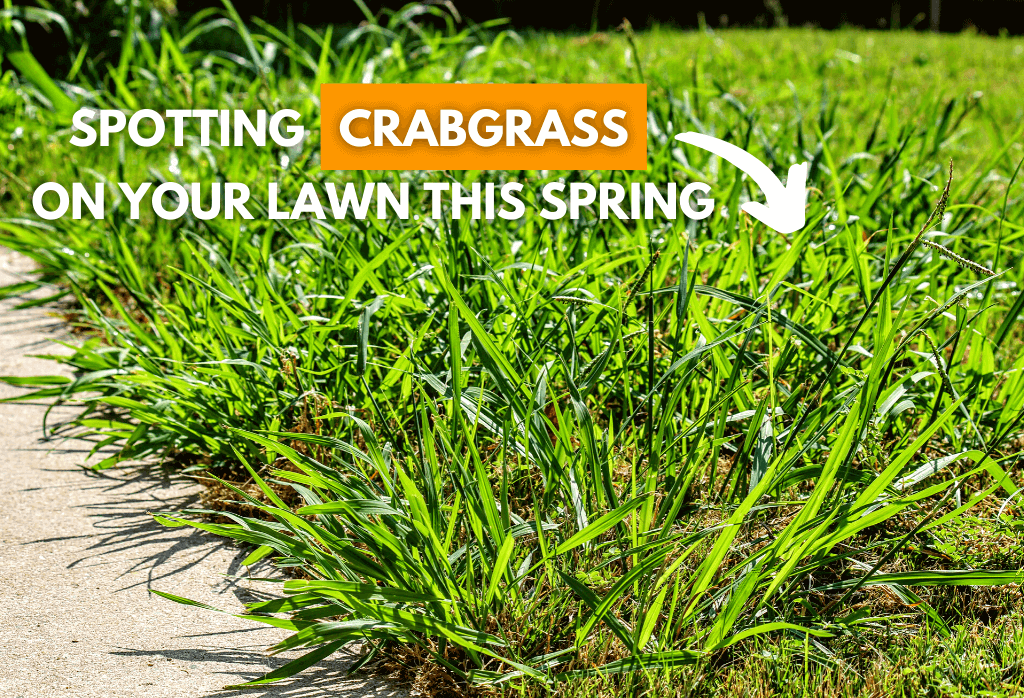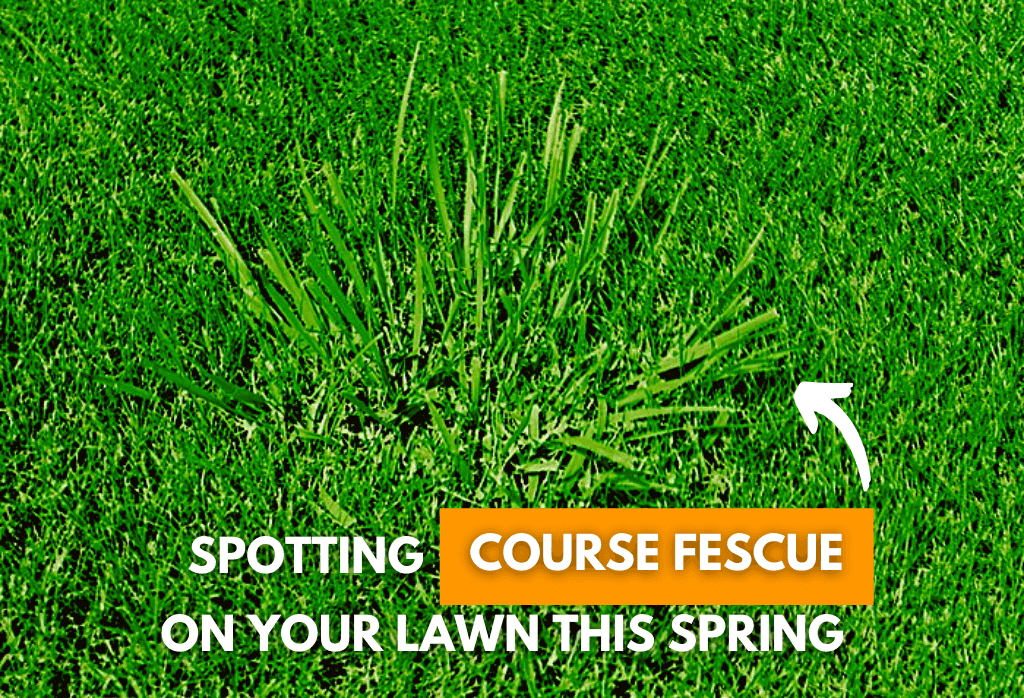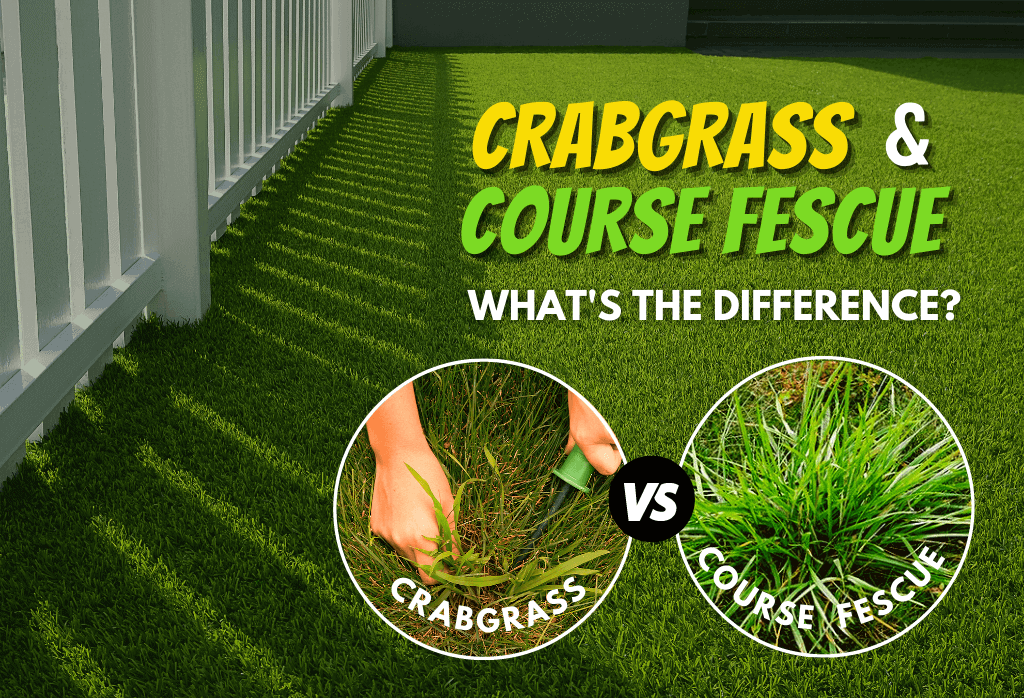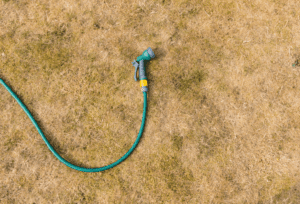Crabgrass vs Coarse Tall Fescue
In the early spring, as lawns begin to green up, one very common misconception plagues homeowners; and it’s based on a failure to understand the difference between one very common perennial lawn weed, coarse tall fescue, and crabgrass, an annual.
What is Crabgrass?
Crabgrass is a warm-season annual grass that sprouts, grows, and dies within a single year. However, its ability to produce up to 150,000 seeds per plant during its lifetime makes it a persistent problem. These seeds can survive in the soil for up to three years, meaning that once crabgrass takes hold, it’s difficult to eradicate completely. The good news is that prevention is key to keeping your lawn crabgrass-free. Applying a pre-emergent barrier twice a year can prevent this pesky weed from germinating in spring.
What is Coarse Fescue?
One of the first weeds to green up in Spring is coarse fescue. This common lawn pest is a fast-growing, wide-bladed, medium-green grass plant that lives year after year in-home lawns across the country. With its rapid growth and resistance to pre-emergent barriers, this tough perennial sticks out like the proverbial sore thumb in lawns just beginning to turn green.

How to Tell the Difference Between Crabgrass and Coarse Tall Fescue
The problem is, many homeowners believe they are seeing that old nemesis, crabgrass, and wonder how to prevent it. Truth is, coarse tall fescue greens up and grows rapidly literally weeks before crabgrass, an annual that sprouts from seed when soils warm to 55 degrees for several days, has begun to germinate. So, the round, fast-growing, wide-bladed grass in your lawn in early spring is NOT crabgrass at all.
Since coarse fescue, often referred to as Kentucky 31 coarse fescue, is a perennial plant, it spends the winter in the soil dormant but far from dead.

How to Remove Coarse Fescue in the Spring
As Spring arrives, this very problematic weed takes off, growing more aggressively than other plants on the lawn. And, since the weed has over-wintered in the lawn, unlike annual crabgrass, it cannot be prevented. Making matters worse, coarse fescue cannot be selectively controlled; that is to say, any product strong enough to kill off the fescue will also kill surrounding, desirable grasses.
Most homeowners control these nasty weeds by digging them out. Using a non-selective weed control is one option; however, nothing is less pleasing to the eye than dead or dying, brown fescue plants, each one 10-12 inches across, pockmarking an otherwise pretty lawn. Most important, is to understand that this coarse weed is not crabgrass and cannot be prevented or controlled with a pre-emergent barrier.

Join Our Free Lawn Care Newsletter
Stay Up to Date With The Latest News & Updates
* We don’t share your info with anyone ever.





